What Is a Polka Dot Plant? Polka dot plant - Hypoestes phyllostachya is a popular houseplant, well-known for its colorful and eye-catching foliage. With its distinctive polka dot-like patterns on leaves in shades of pink, white, and green, this plant adds a vibrant and playful touch to your home or office. Compared to other indoor plants, Polka dot plants are relatively easy to propagate and care for. In a nutshell, it requires bright indirect light, consistent moisture, high humidity, and regular pruning to maintain their bushy appearance.
Table of Contents
Do Polka Dot Plants Do Well Indoors?
Yes, Polka Dot Plants do well indoors and are popular choices for houseplants. They thrive in bright indirect light and prefer warm, humid environment, so that they are suitable for a variety of indoor settings. However, you’re suggested to invest in LED grow lights to supplement natural light, if you cannot provide sufficient light for your plants.
With proper care, including sufficient lighting, regular watering, and enough humidity, Polka Dot Plants can flourish indoors. Additionally, they are relatively low-maintenance but do benefit from occasional pruning to encourage bushier growth. Overall, their striking foliage and adaptability make them an excellent addition to any indoor garden.
How to Propagate Polka Dot Plant?
Polka dot plants thrive in bright, indirect light and prefer consistently moist soil, though they should not be overwatered. Under optimal conditions, they can grow quickly, making them ideal for adding colorful foliage to indoor spaces. Regular pruning helps maintain a bushy shape and encourages new growth. Additionally, they can be propagated easily through stem cuttings, allowing for expansion of your plant collection.
In this part, we’ll see how to propagate Polka Dot plant, either in oil or water.
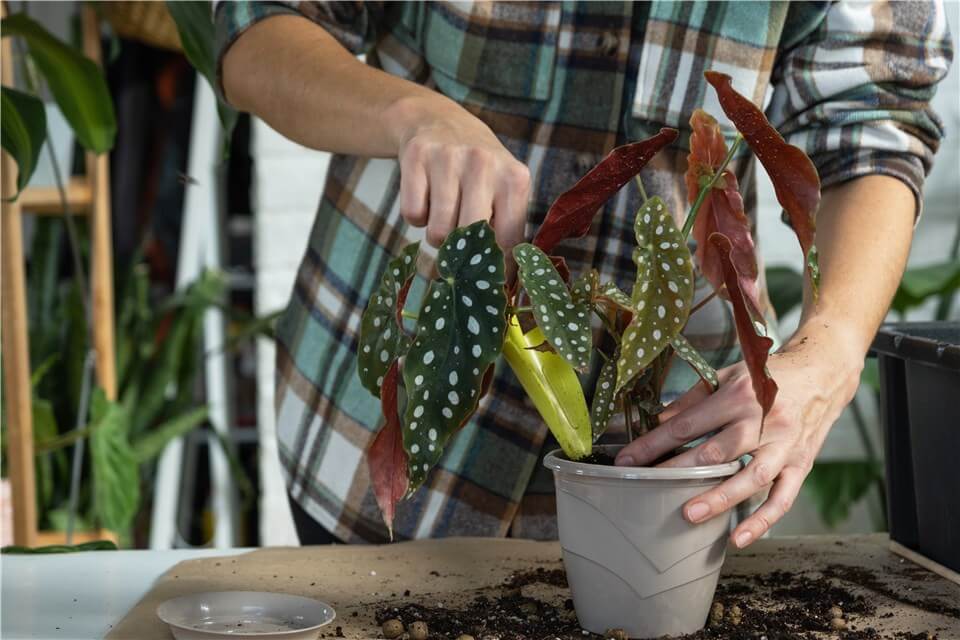
How to Propagate Polka Dot Plant
- Select a healthy stem from the parent plant with several leaves. Ensure it is free from pests and diseases.
- Using clean, sharp scissors or pruning shears, cut a 4-6 inch (10-15 cm) section of the stem just below a leaf node. This node is where roots will develop.
- Trim off the lower leaves from the cutting, leaving a few leaves at the top. This helps prevent rot when the cutting is placed in water or soil.
- To make it root in water, place the cutting in a glass of water, ensuring that the node is submerged. Change the water every few days. After about 2-4 weeks, roots should begin to develop. Alternatively, you can plant the cutting directly in a small pot filled with moist, well-draining potting mix. Make a hole in the soil with your finger, place the cutting in, and gently firm the soil around it.
- Whether rooting in water or soil, place the cutting in a warm, bright spot with indirect light. Maintain humidity by covering the pot with a plastic bag or using a humidifier, but ensure there’s some airflow to prevent mold.
- Once the roots are about 2-3 inches long (5-7.5 cm), if using water, transplant the cutting into a small pot with soil. If rooted in soil, you can keep it in the same pot but ensure it continues to receive adequate light and moisture.
How to Care for Polka Dot Plant?
Caring for a polka dot plant is an enjoyable endeavor. The key of Polka Dot Plant care is to keep the new plant in a warm, high-humid environment and water it regularly. By doing so, Polka Dot Plant should start to establish and grow more vigorously after a few weeks.
Understanding the specific light, water, humidity, and soil requirements is essential for keeping your polka dot plant healthy and thriving. In this part, we’ll explore essential care tips and best practices to help you nurture your Polka Dot plant.
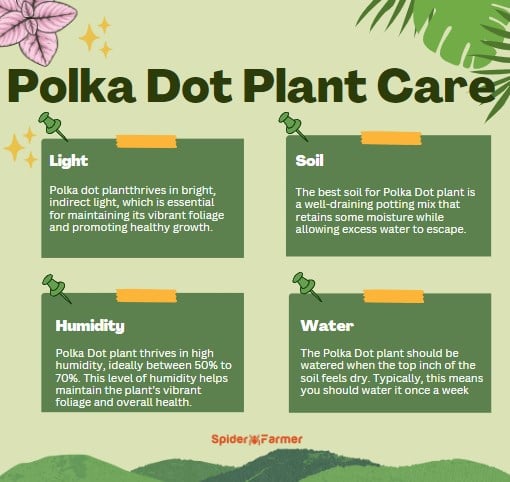
Polka Dot Plant Care
Polka Dot Plant Light
Polka dot plantthrives in bright, indirect light, which is essential for maintaining its vibrant foliage and promoting healthy growth. While it can tolerate lower light conditions, insufficient light may lead to leggy growth and reduced leaf coloration. Ideally, placing the plant near a window with filtered sunlight or in a well-lit room is best. Direct sunlight should be avoided, as it can scorch the delicate leaves. For optimal growth, aim for around 6 to 8 hours of bright, indirect light each day, ensuring your polka dot plant remains lush and colorful.
Polka Dot Plant Soil
The best soil for Polka Dot plant is a well-draining potting mix that retains some moisture while allowing excess water to escape. A blend of standard potting soil combined with perlite or peat moss works well, providing good aeration and drainage. This plant thrives in slightly acidic to neutral soil with a pH range of about 6.0 to 7.0. It’s important to avoid heavy, compacted soils that can lead to root rot, so ensuring the soil is light and fluffy will help maintain healthy root development. Regularly checking the moisture levels and repotting as needed will further support your polka dot plant's growth and vibrancy.
Polka Dot Plant Humidity
Polka Dot plant thrives in high humidity, ideally between 50% to 70%. This level of humidity helps maintain the plant's vibrant foliage and overall health. In drier environments, the leaves may become crispy or develop brown edges. To increase humidity, consider using a humidifier, placing a pebble tray filled with water beneath the pot, or regularly misting the leaves. Grouping the Polka Dot plant with other humidity-loving plants can also create a more favorable microclimate. By providing adequate humidity, you can ensure your polka dot plant remains lush and healthy.
Polka Dot Plant Water Requirements
The Polka Dot plant should be watered when the top inch of the soil feels dry. Typically, this means you should water it once a week, but the frequency can vary based on environmental conditions such as humidity, temperature, and light levels. During warmer months or in dry environments, you may need to water more frequently, while in cooler months, the plant may require less water. Always ensure that excess water can drain from the pot to prevent root rot, and adjust your watering routine based on the plant's specific needs and the conditions of its environment.
How to Prune Polka Dot Plant?
To prune a Polka Dot Plant, you should use clean, sharp scissors or pruning shears to ensure clean cuts. Start by inspecting the plant for any leggy stems, yellowing leaves, or damaged foliage. Trim back any long or leggy stems just above a leaf node to encourage bushier growth, and remove any dead or yellowing leaves at their base to enhance the plant's overall appearance. You can also shape the plant by cutting it back to your desired height and fullness, which helps maintain a compact form. After pruning, be sure to clean up any cuttings to prevent pests or diseases, ensuring your polka dot plant remains healthy and vibrant.
FAQs About Polka Dot Plant Propagation
By the end of the post we’ll address frequently asked questions about polka dot plant propagation.

FAQs About Polka Dot Plant Propagation
Is Polka Dot plant toxic to cats?
Polka Dot Plant is non-toxic to cats. While it is generally safe for cats and dogs, ingestion of any plant material can sometimes lead to mild gastrointestinal upset, such as vomiting or diarrhea. It’s always a good idea to monitor your pets around houseplants and consult your veterinarian if you have concerns about their health or if they exhibit unusual symptoms after chewing on any plant. Overall, the polka dot plant is a safe choice for households with cats.
Is Polka Dot plant toxic to humans?
Polka Dot Plant is non-toxic to humans either. Although it is generally safe to have around, ingestion of any plant content may lead to mild gastrointestinal discomfort, such as nausea or vomiting. Therefore, It’s suggested to keep plants out of reach of young children and pets to prevent any accidental ingestion. If you have concerns about any symptoms after contact or ingestion, consulting a healthcare professional is recommended. Overall, the polka dot plant is a safe and attractive choice for indoor spaces.
Can I put polka dot plant in bathroom?
Yes, you can put a polka dot plant in your bathroom, if you promise it can receive adequate light and humidity. This is because bathrooms often have higher humidity levels and this can benefit Polka Dot plant growth. However, ensure that the area receives bright, indirect light; if your bathroom lacks natural light, you might need to supplement with a LED grow light. Regularly check the soil moisture, as the humidity can affect watering needs. With the right conditions, a polka dot plant can thrive and add a vibrant touch to your bathroom decor.
Why Polka Dot plant leaves curling?
Polka Dot plant leaves curling can be attributed to several factors and the most common causes are insufficient moisture or humidity. These plants thrive in humid environments, and when the air is too dry, the leaves may curl or become crispy at the edges. Overwatering can also cause curling, leading to root rot and poor nutrient uptake, which affects leaf health. Additionally, exposure to direct sunlight can scorch the leaves, causing them to curl as a protective response. Pest infestations, such as spider mites or aphids, can also contribute to leaf curling by damaging the plant. To address curling leaves, ensure your polka dot plant receives adequate humidity, proper watering, and protection from intense sunlight, while regularly checking for pests.


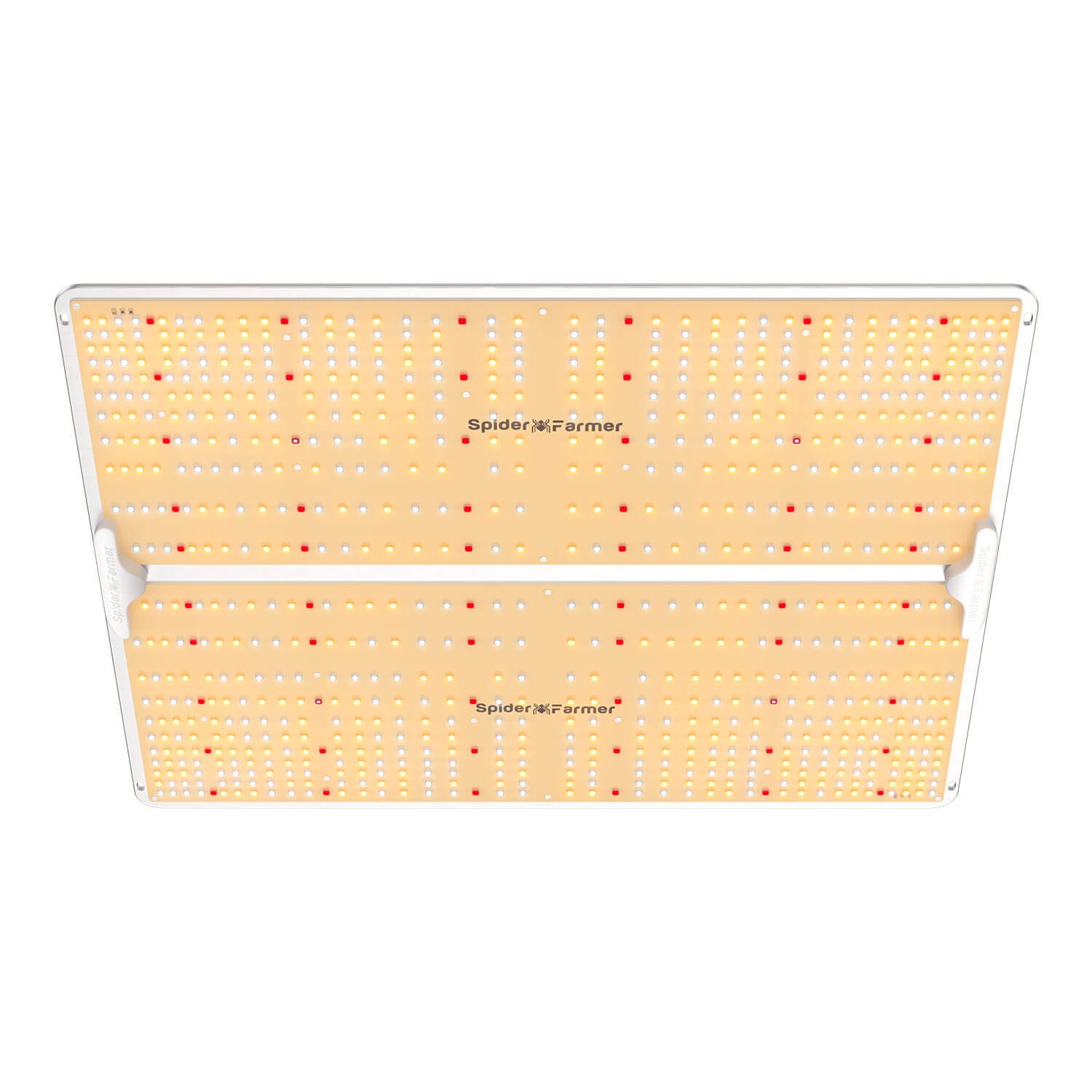

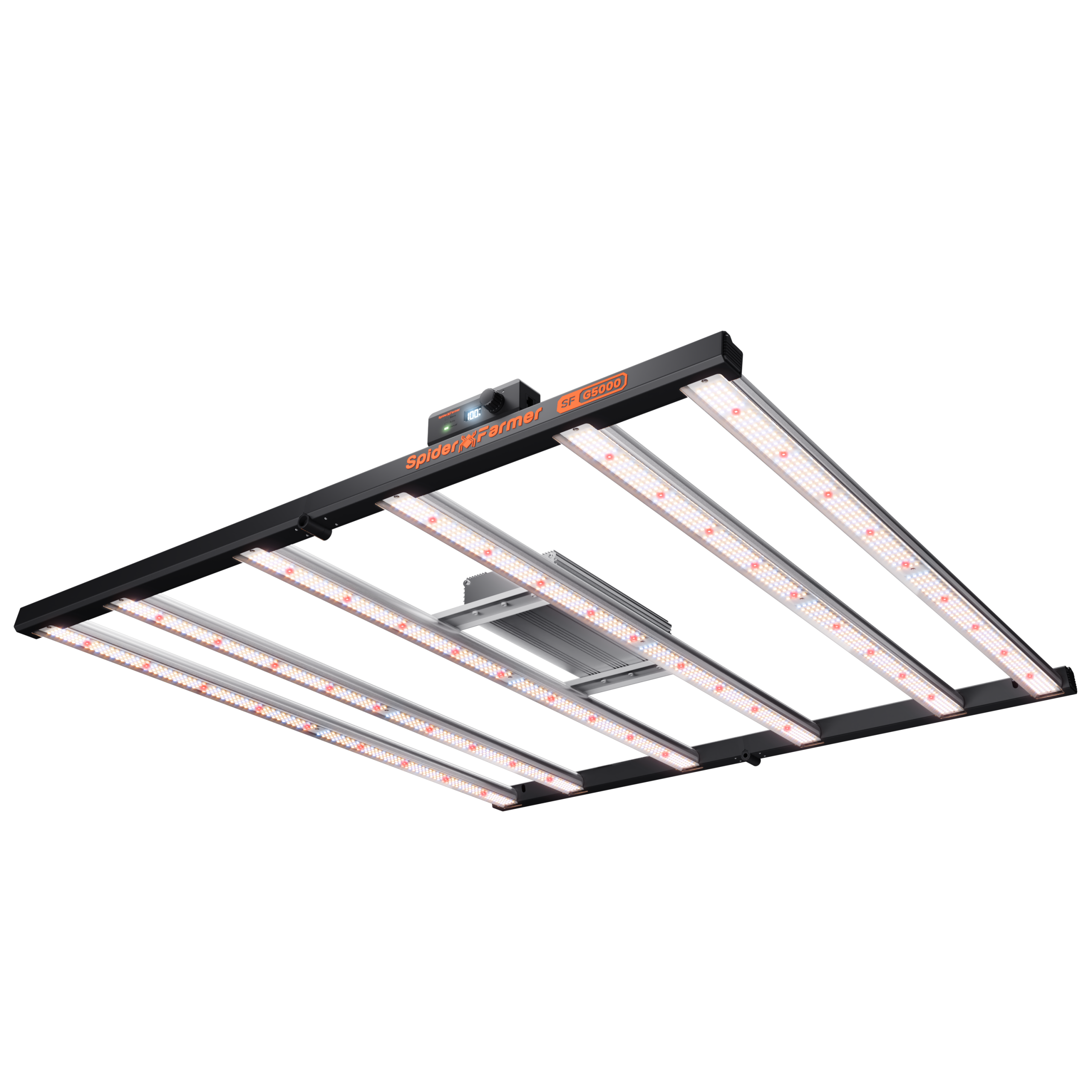


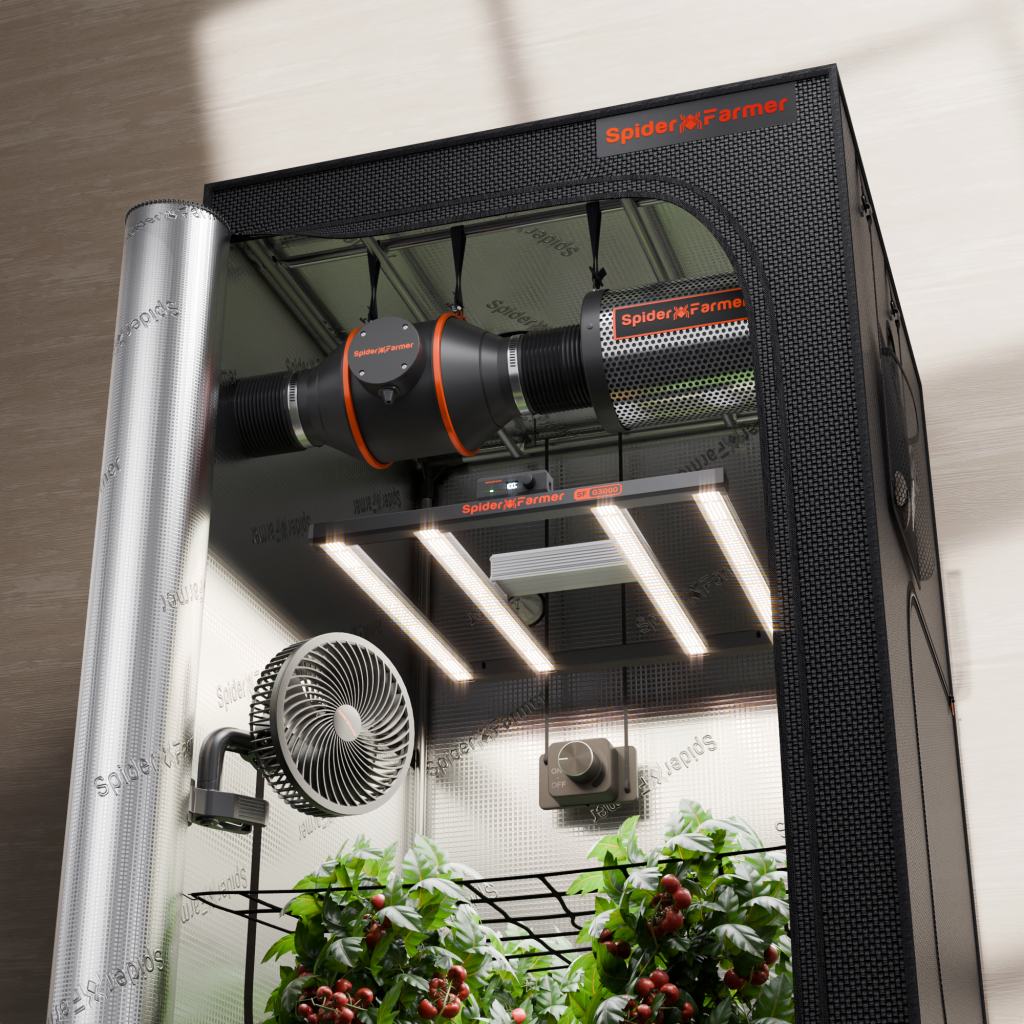
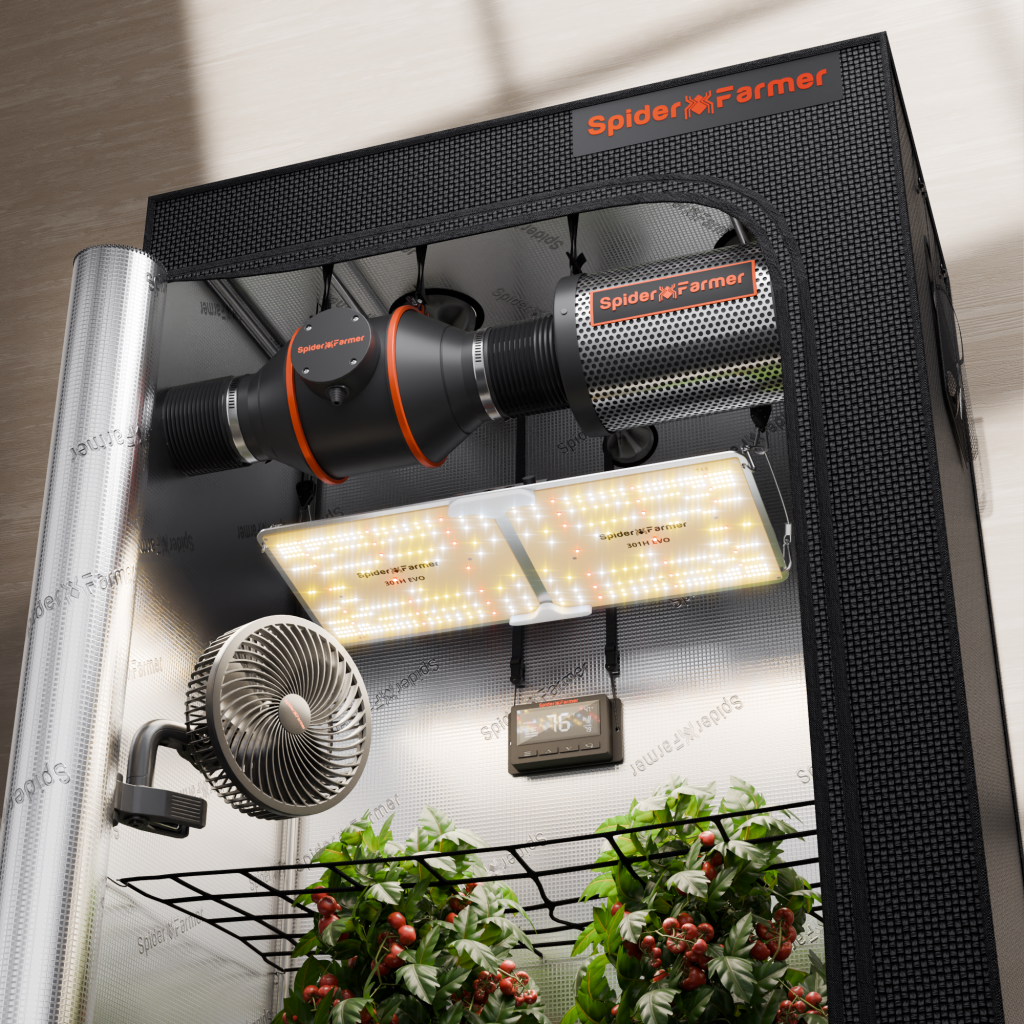
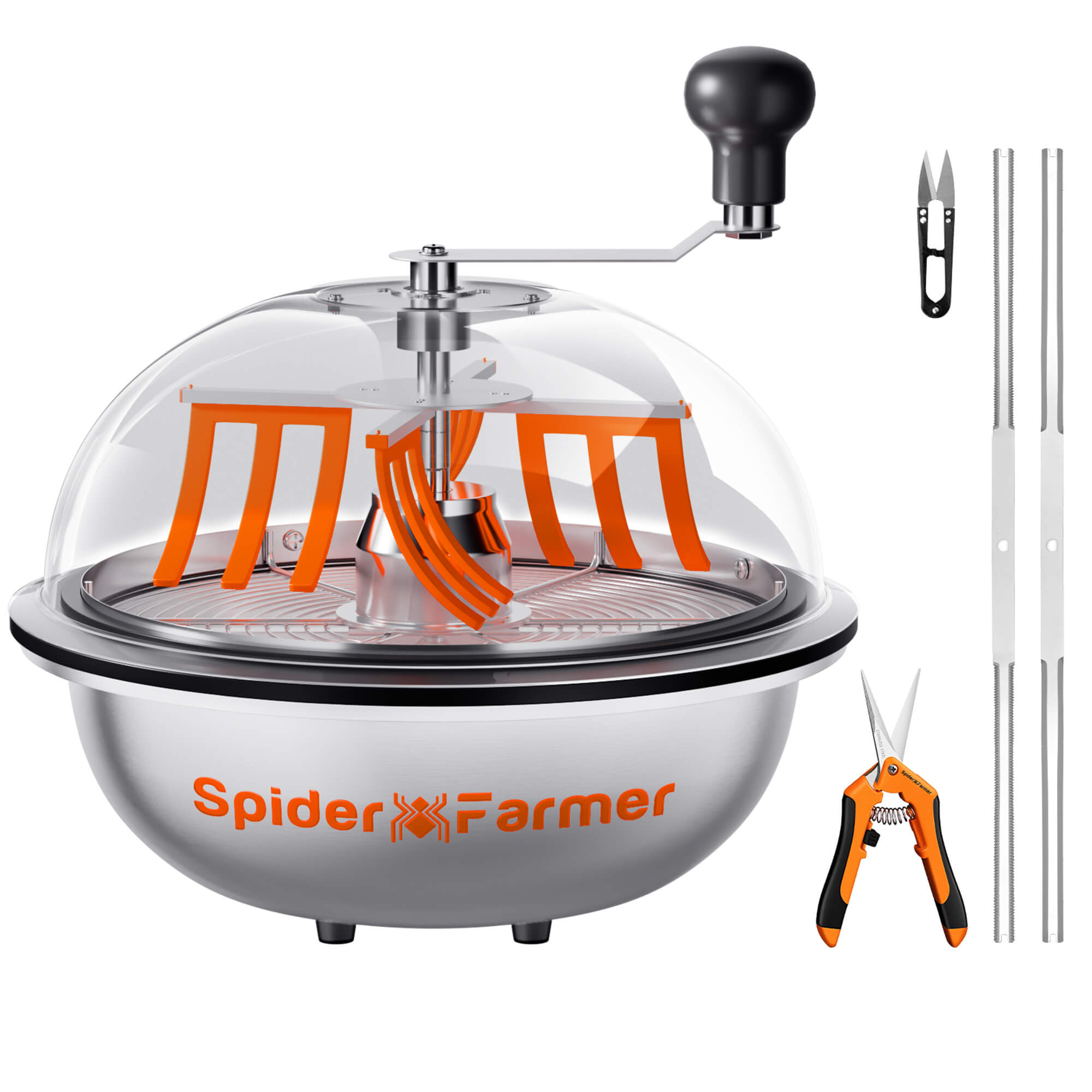





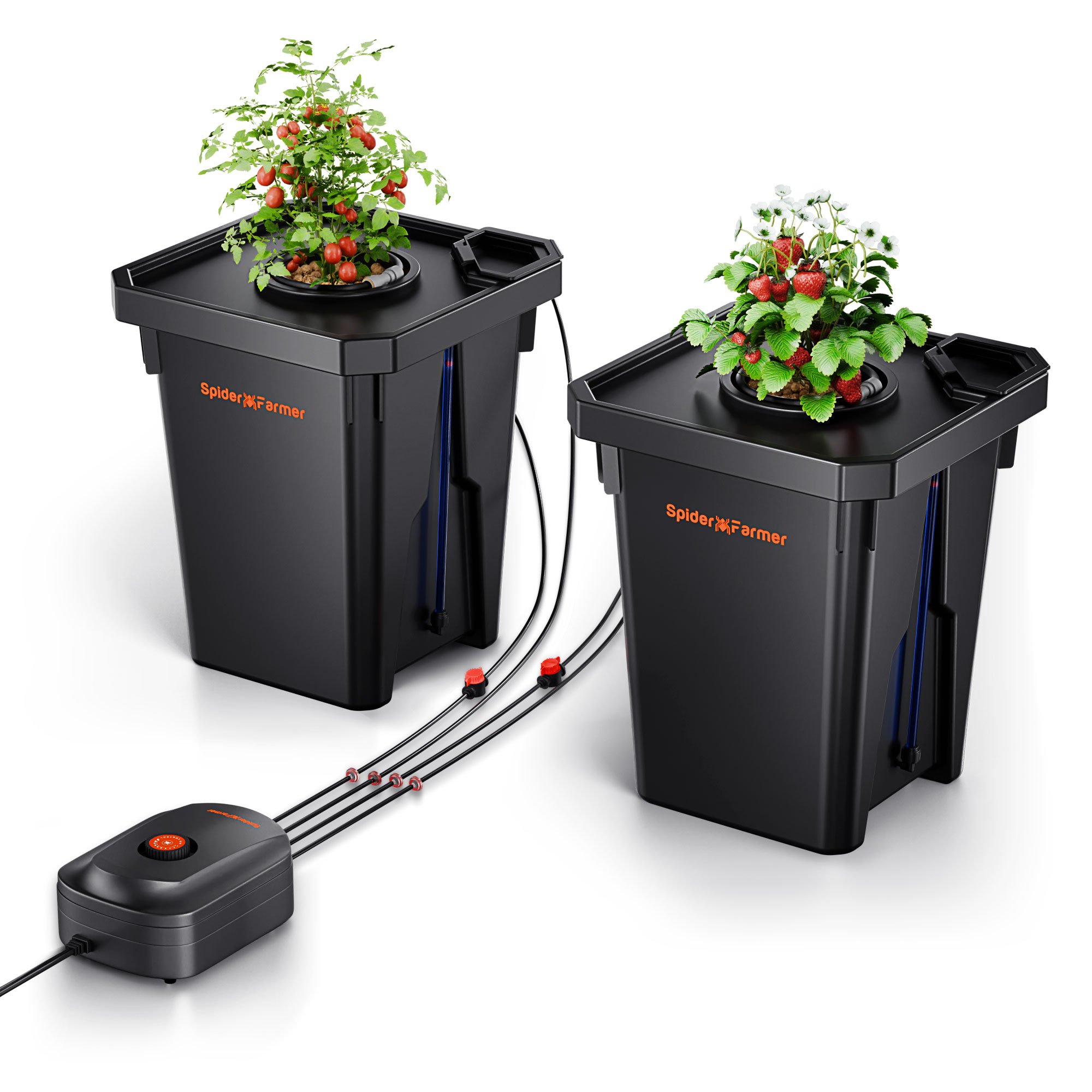

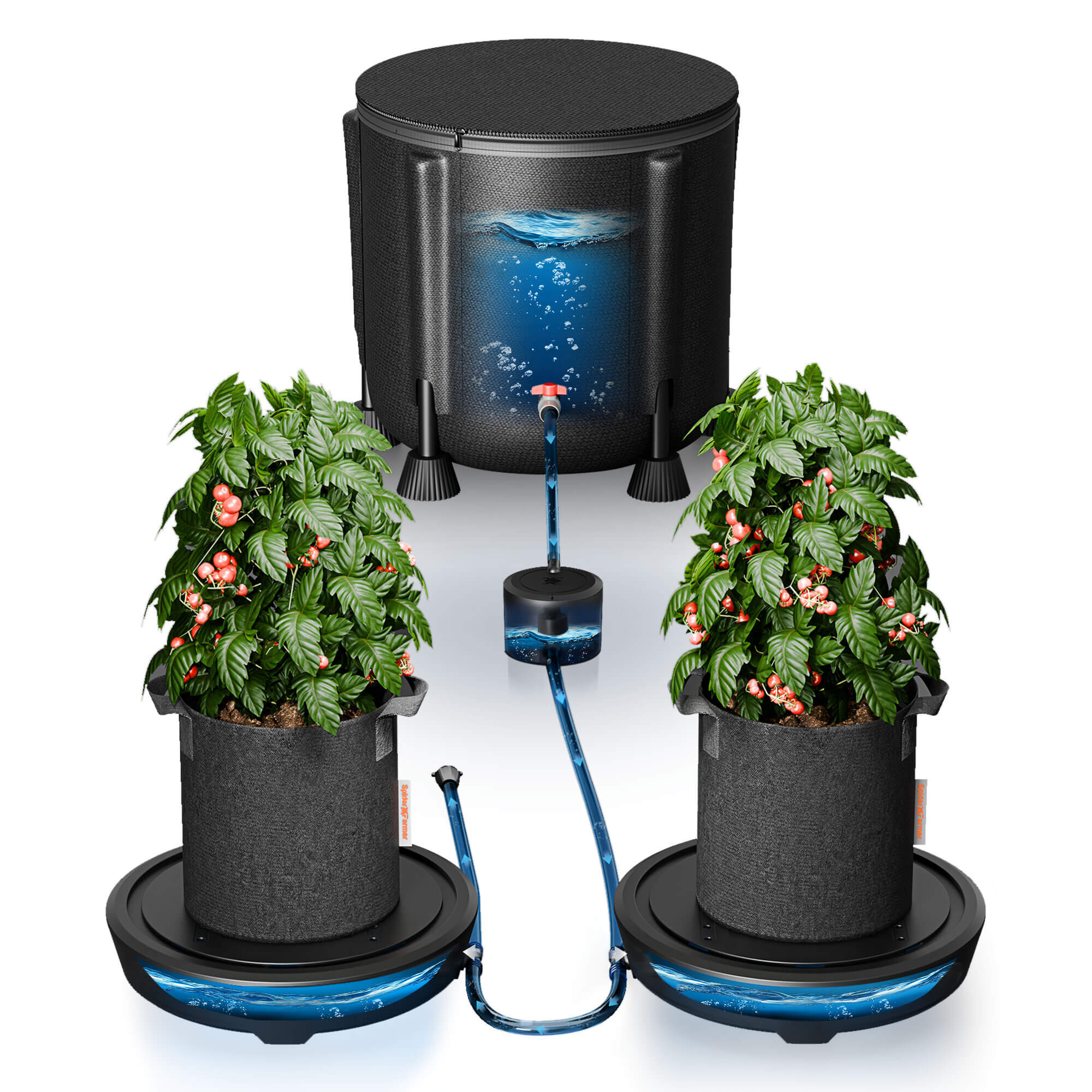
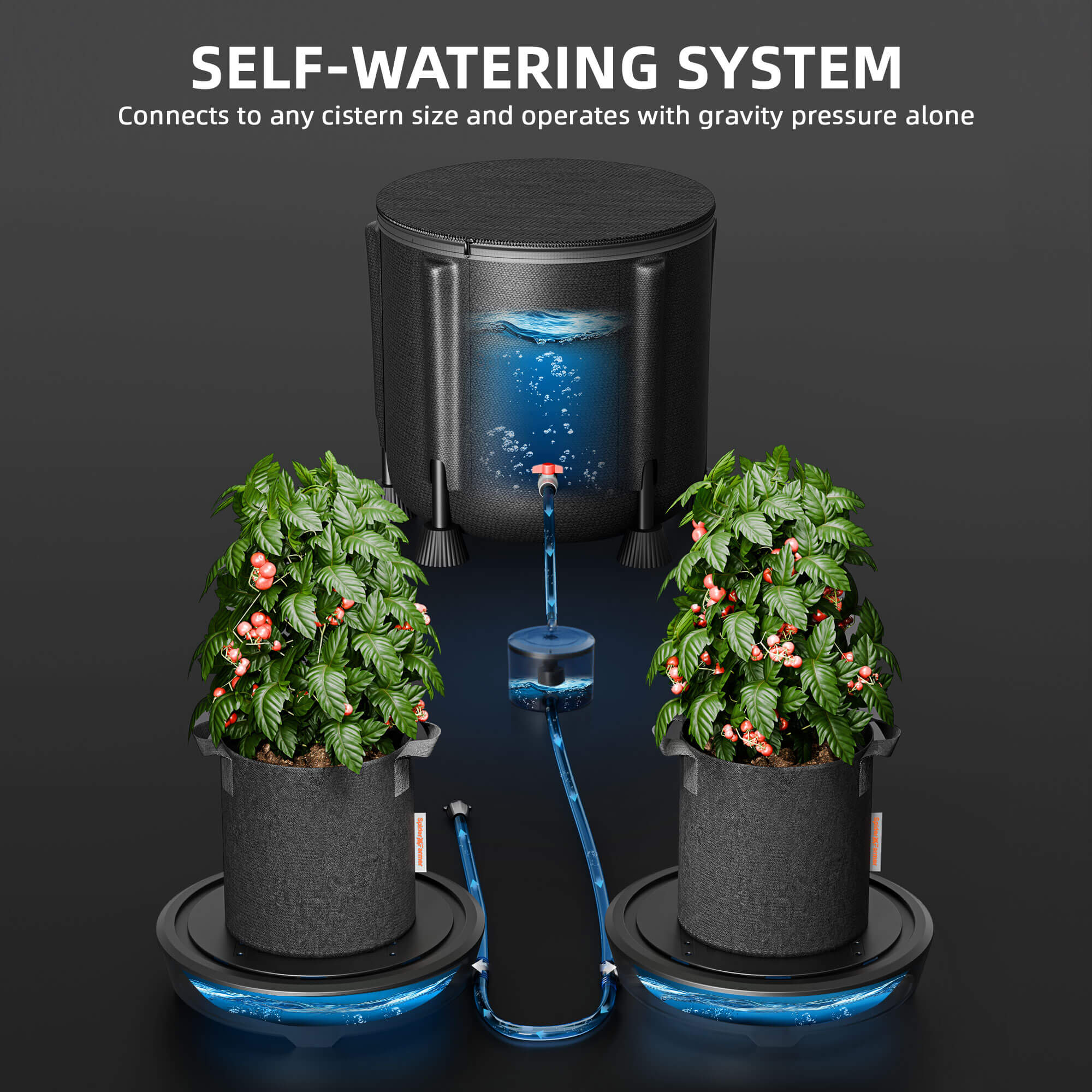
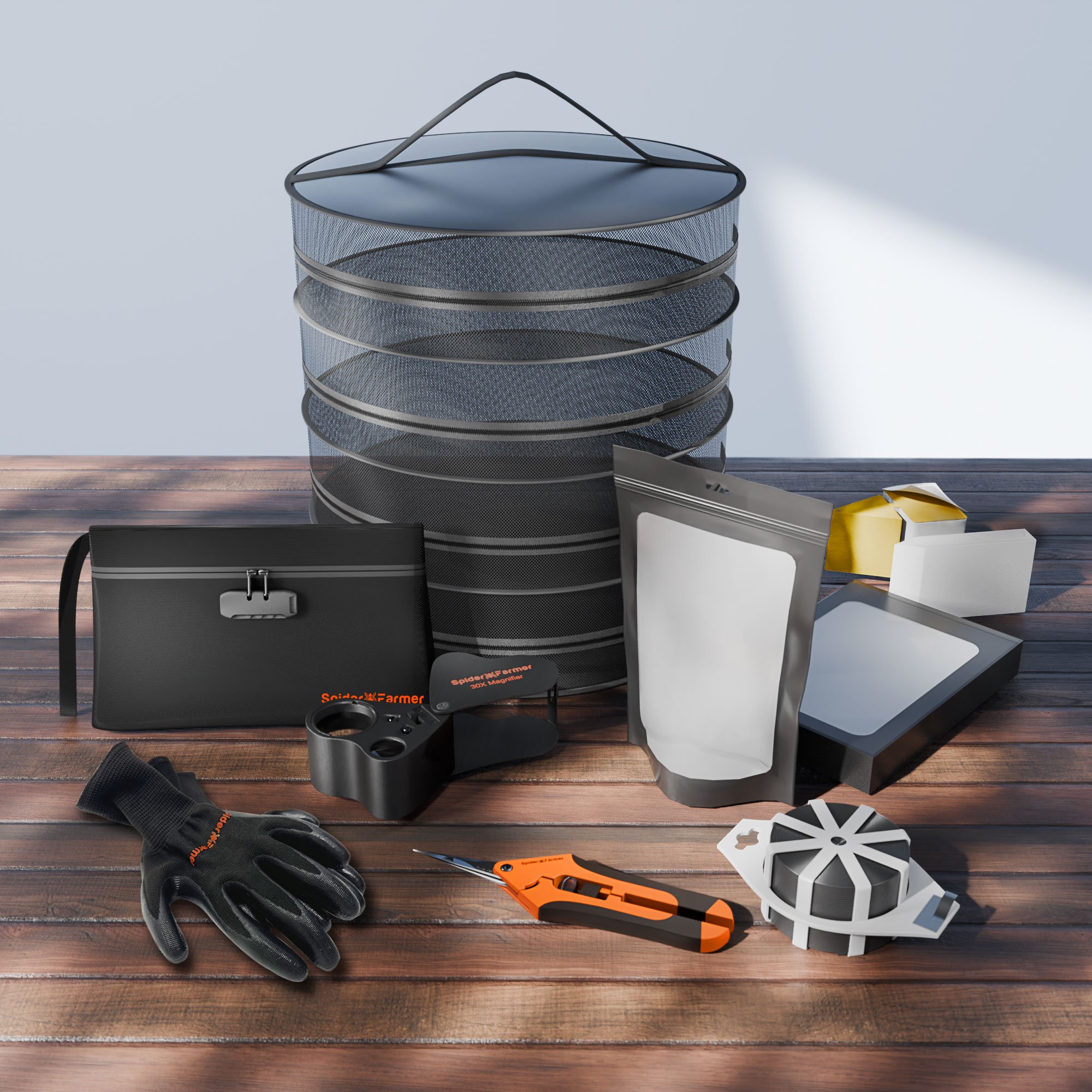

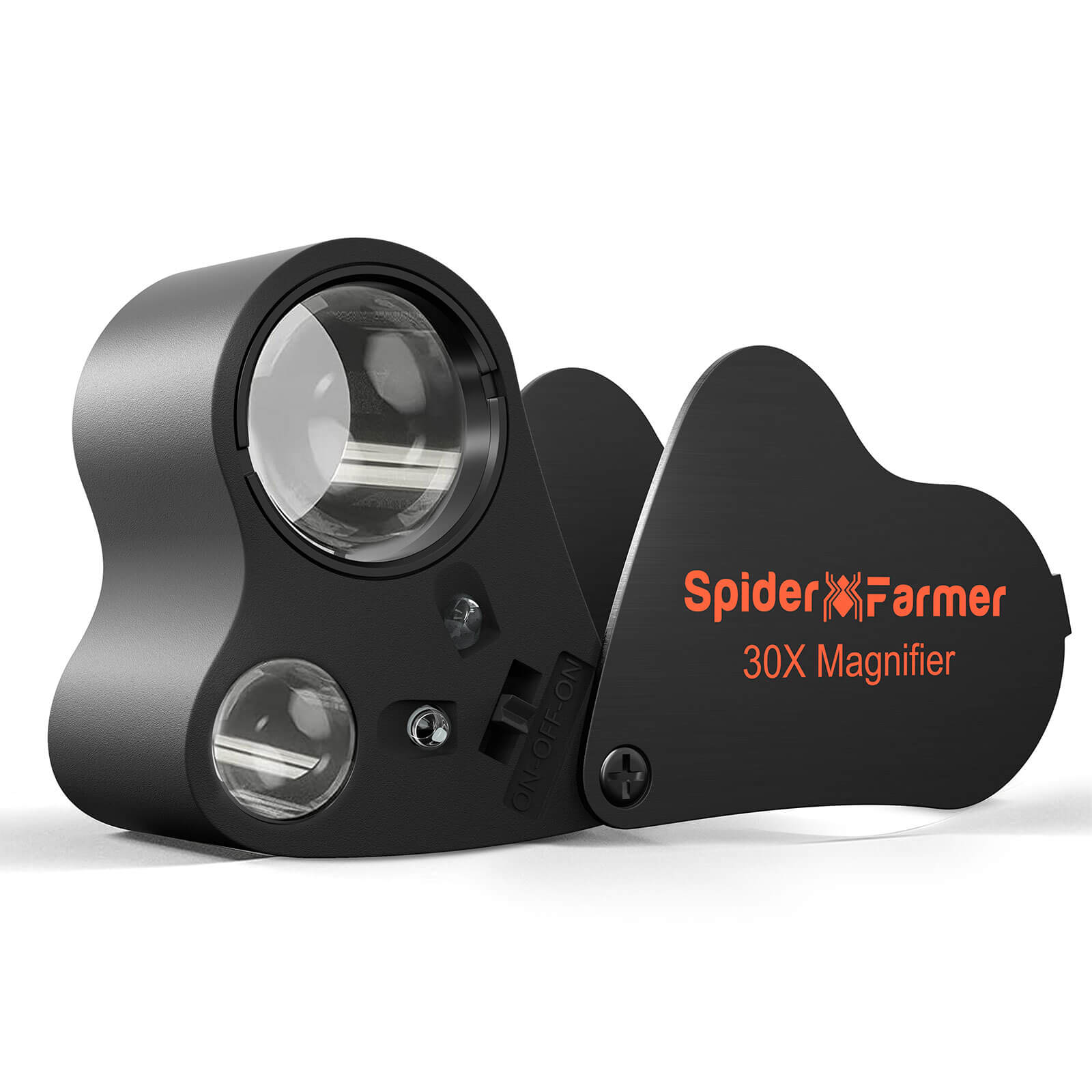
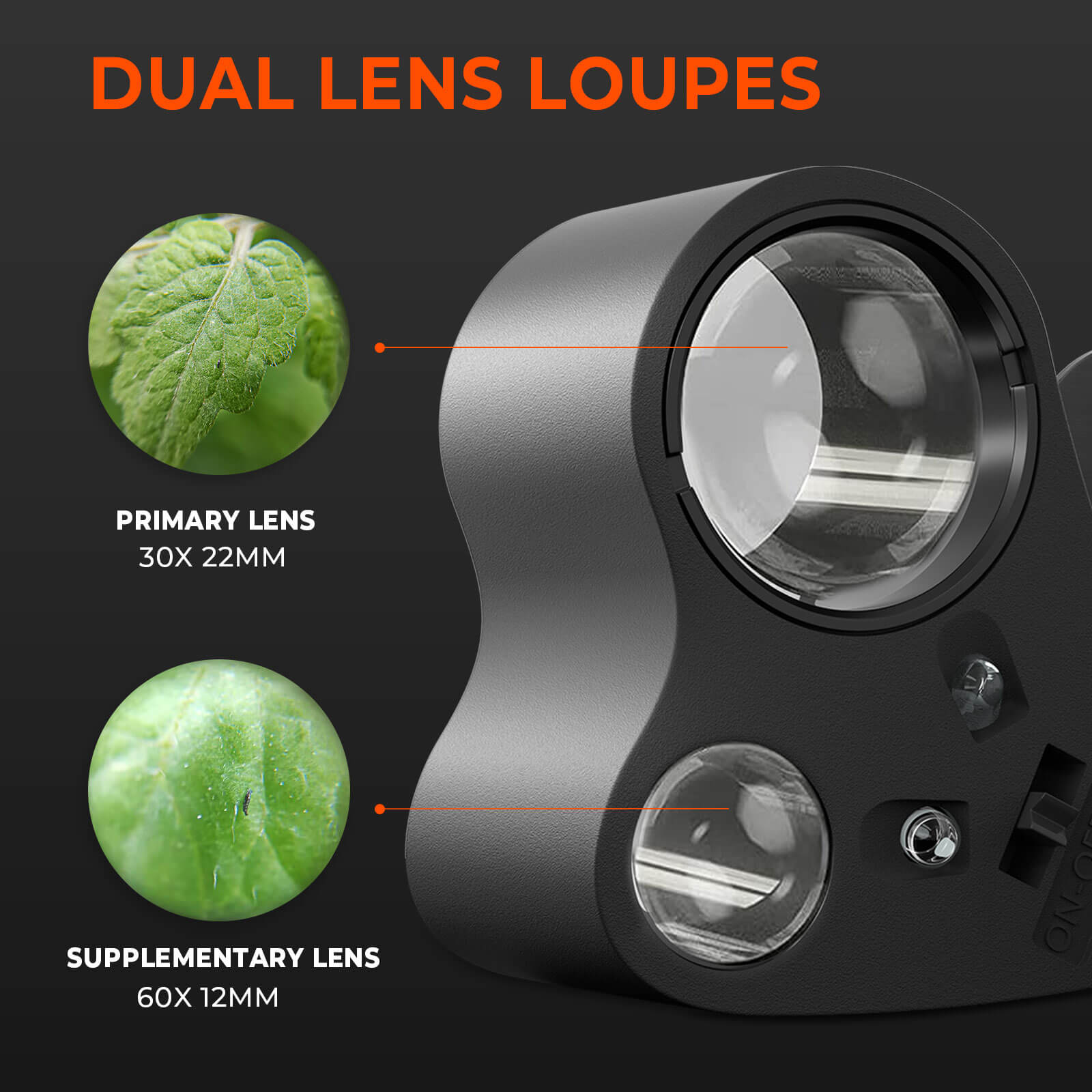
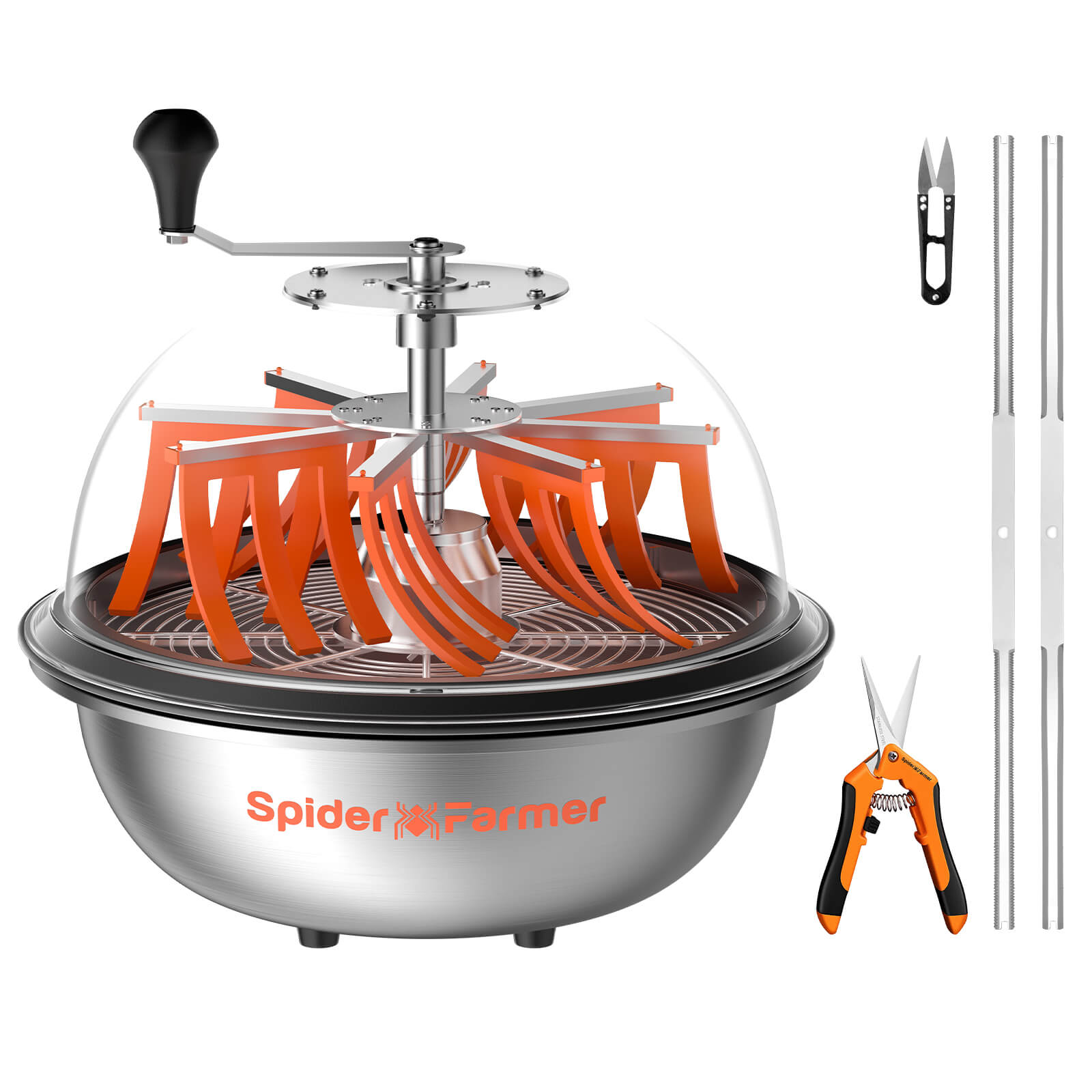


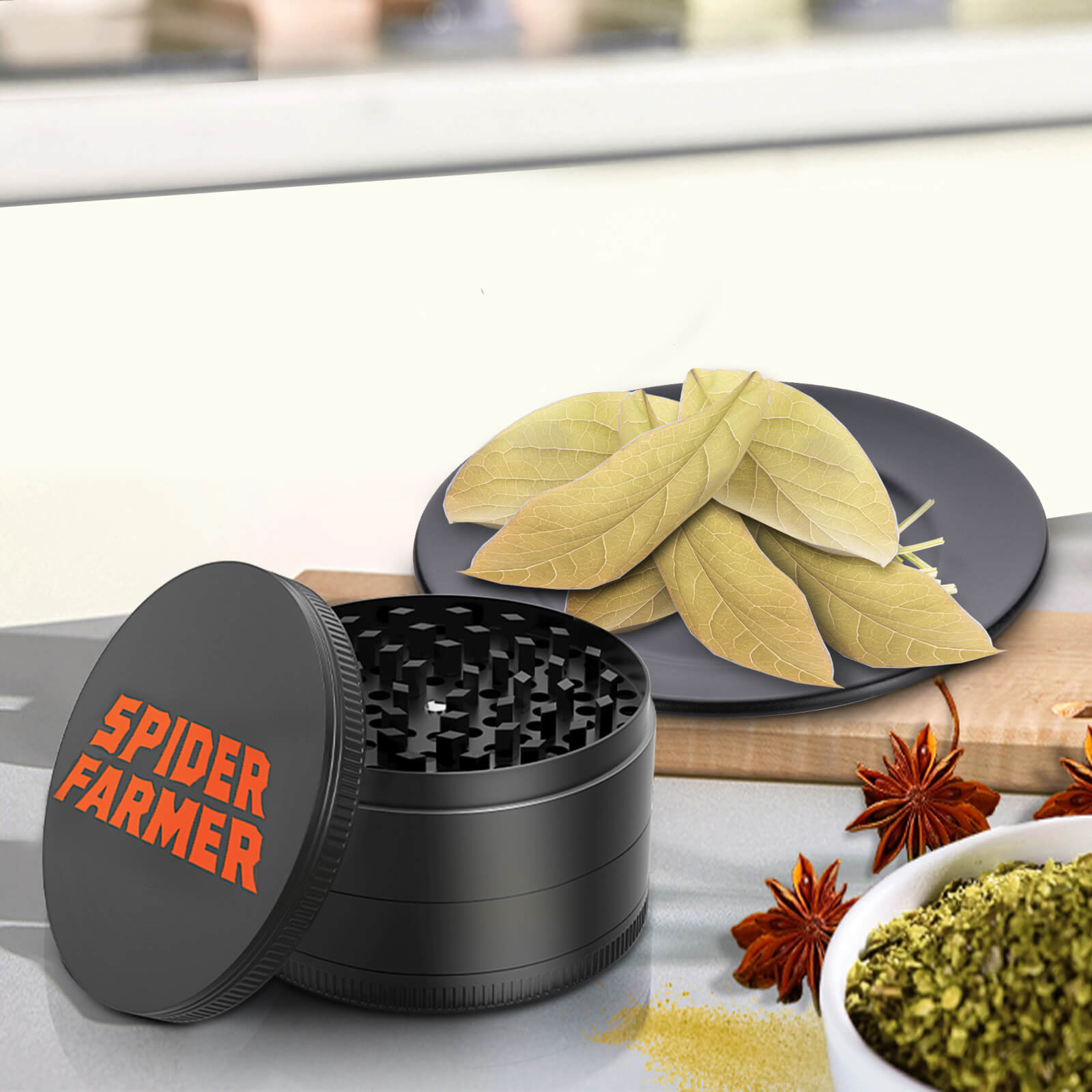


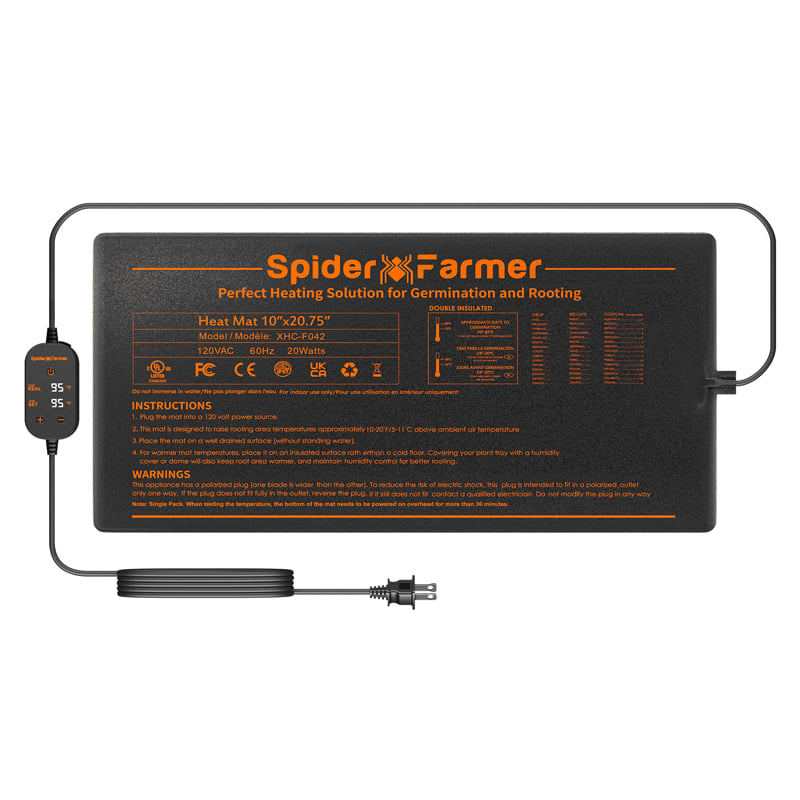

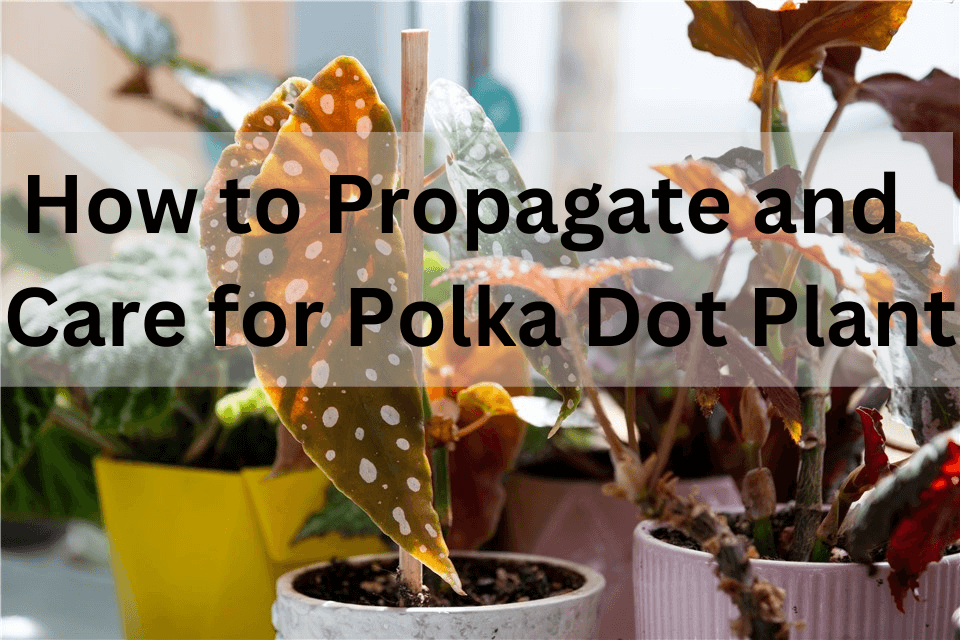

It’s pretty confusing that the text is about Hypoestes phyllostachya but all pics are showing a Begonia maculata…
Hi Ella,
Thank you for your asking. The plants appearing in the article are Begonia maculata, commonly known as the Polka Dot Begonia/Polka Dot plant. The distinctive spotted or ‘polka dot’ pattern on the leaves is a key identifying feature of this Begonia variety. The plant has the characteristic wing-shaped leaves and reddish-brown leaf stems that are typical of the Begonia maculata species.